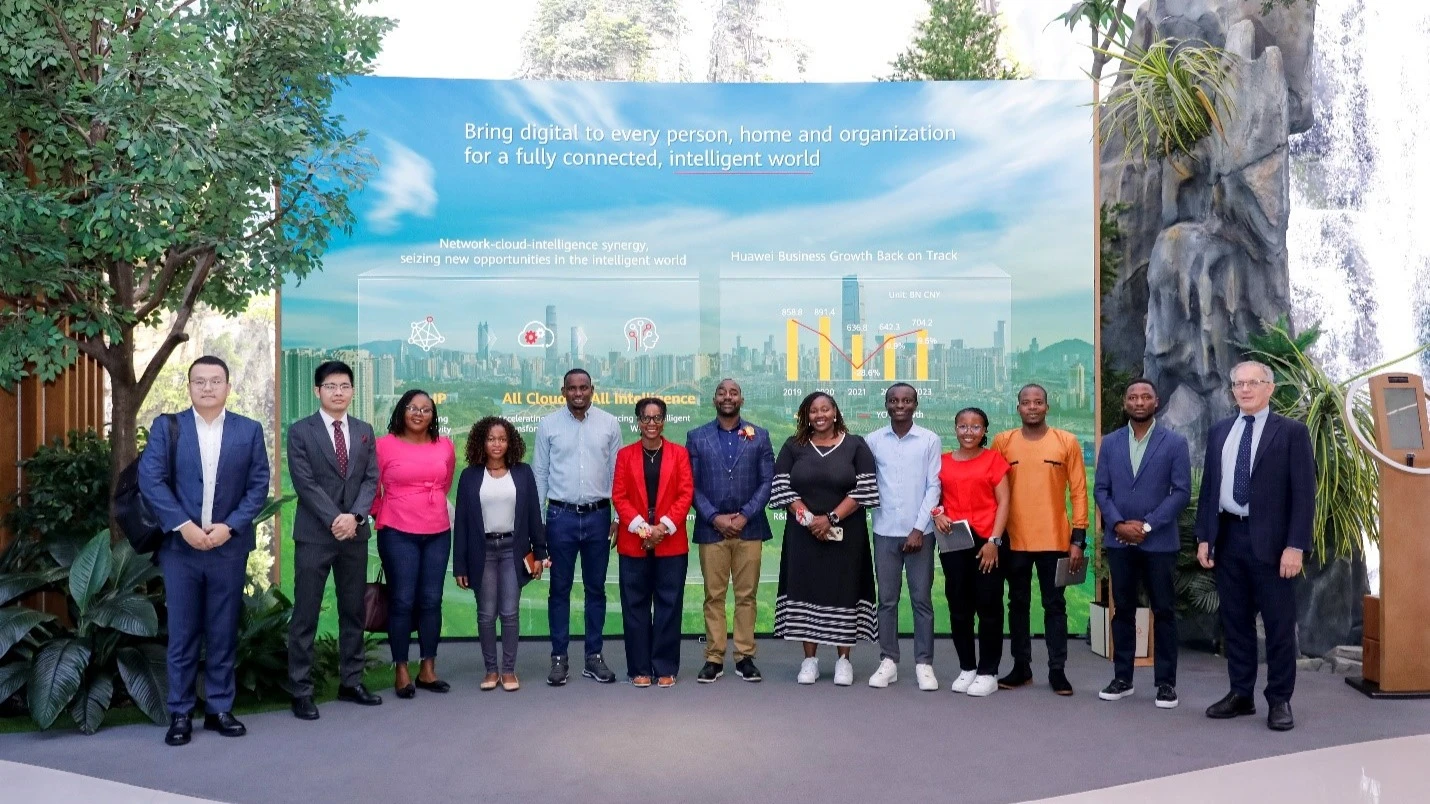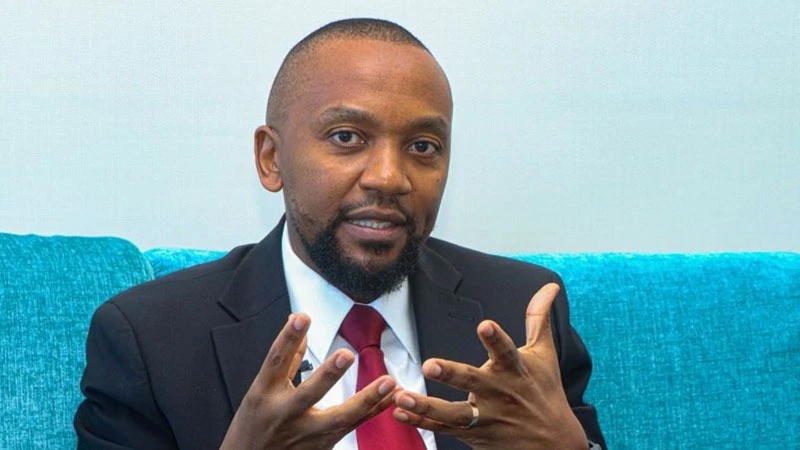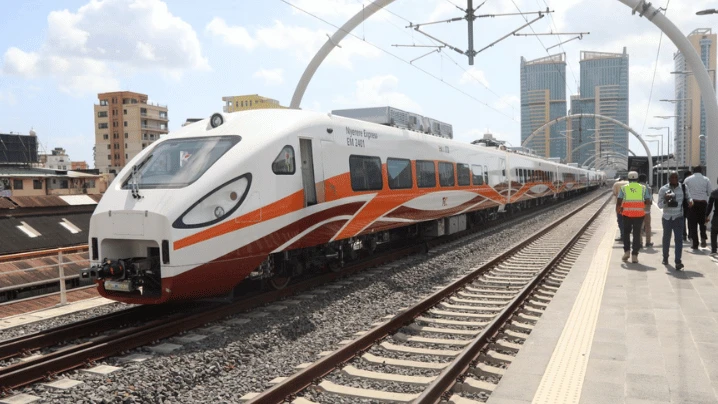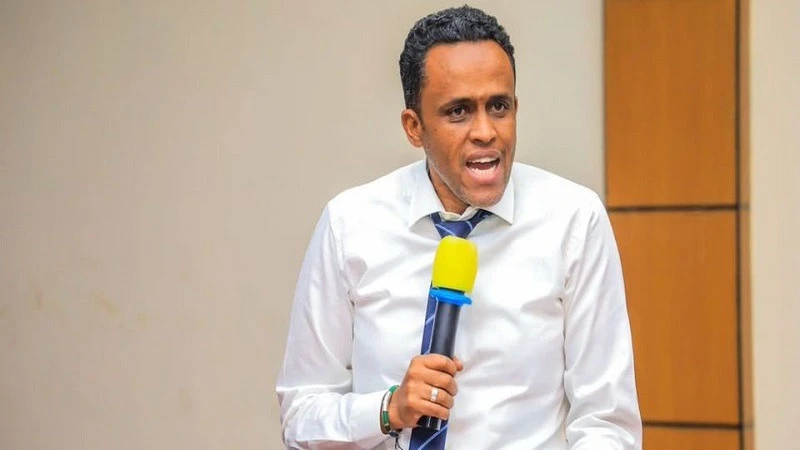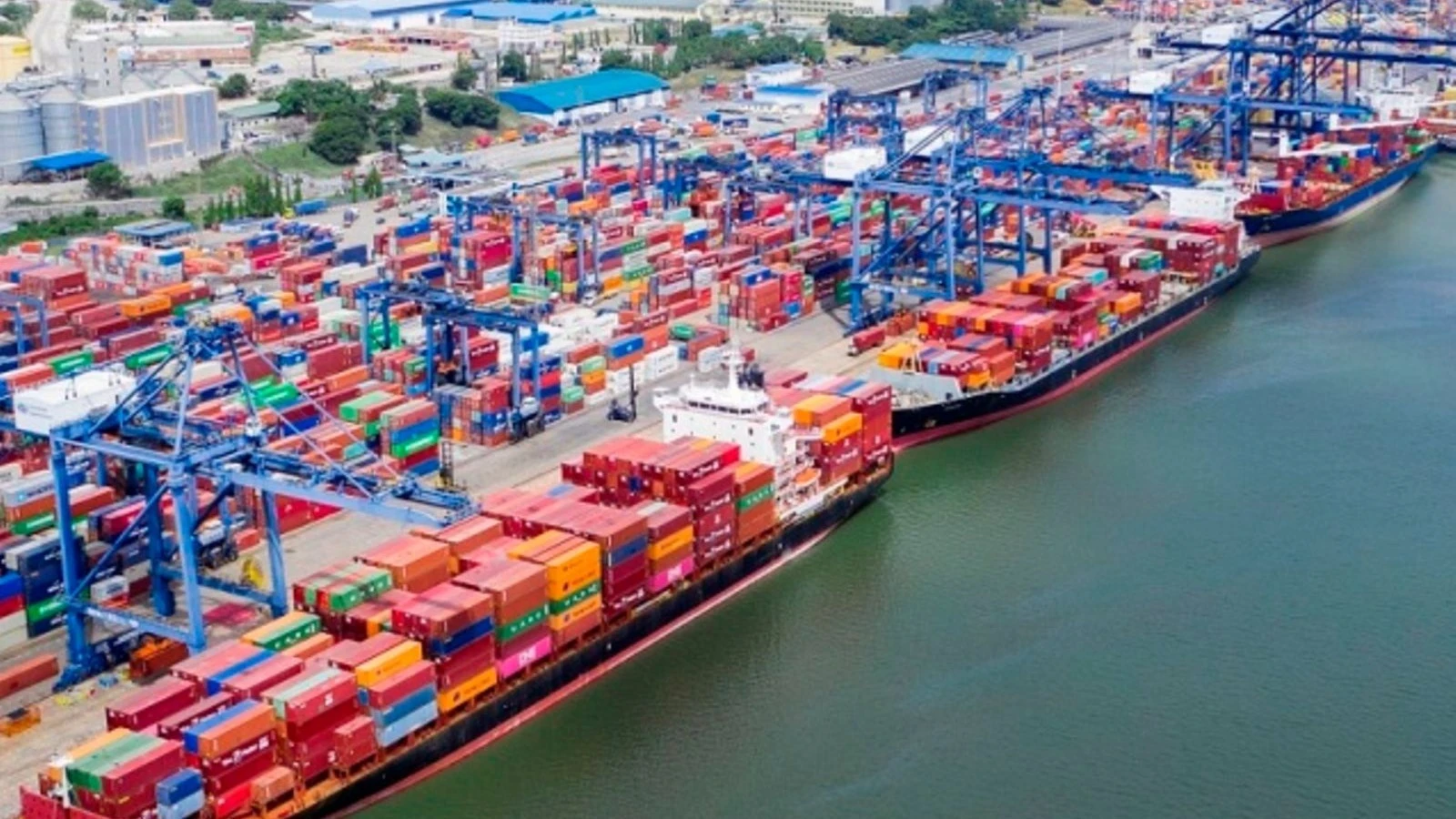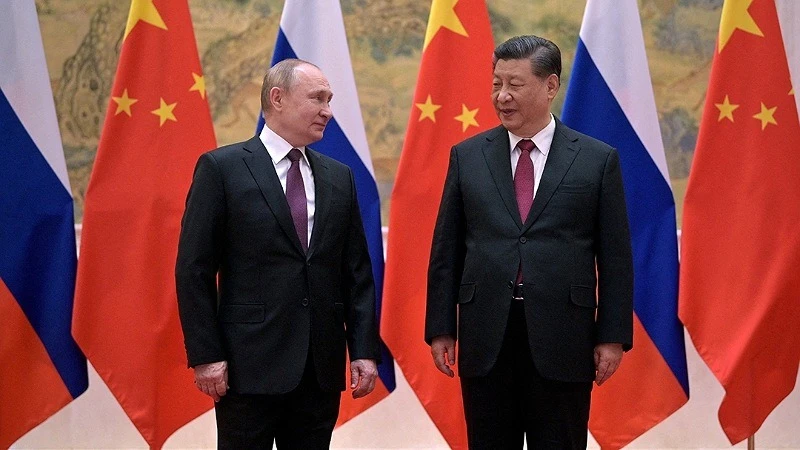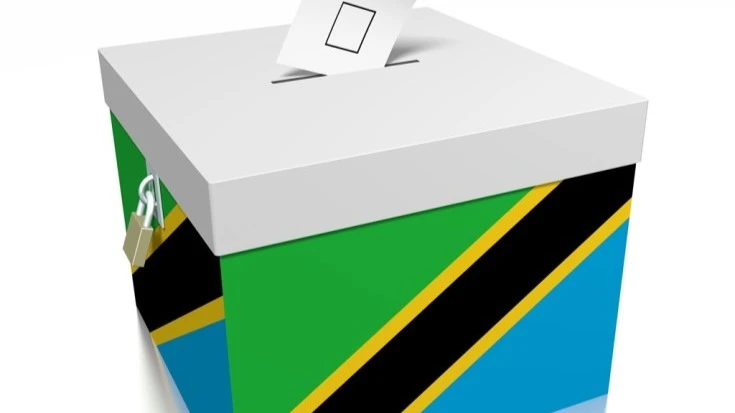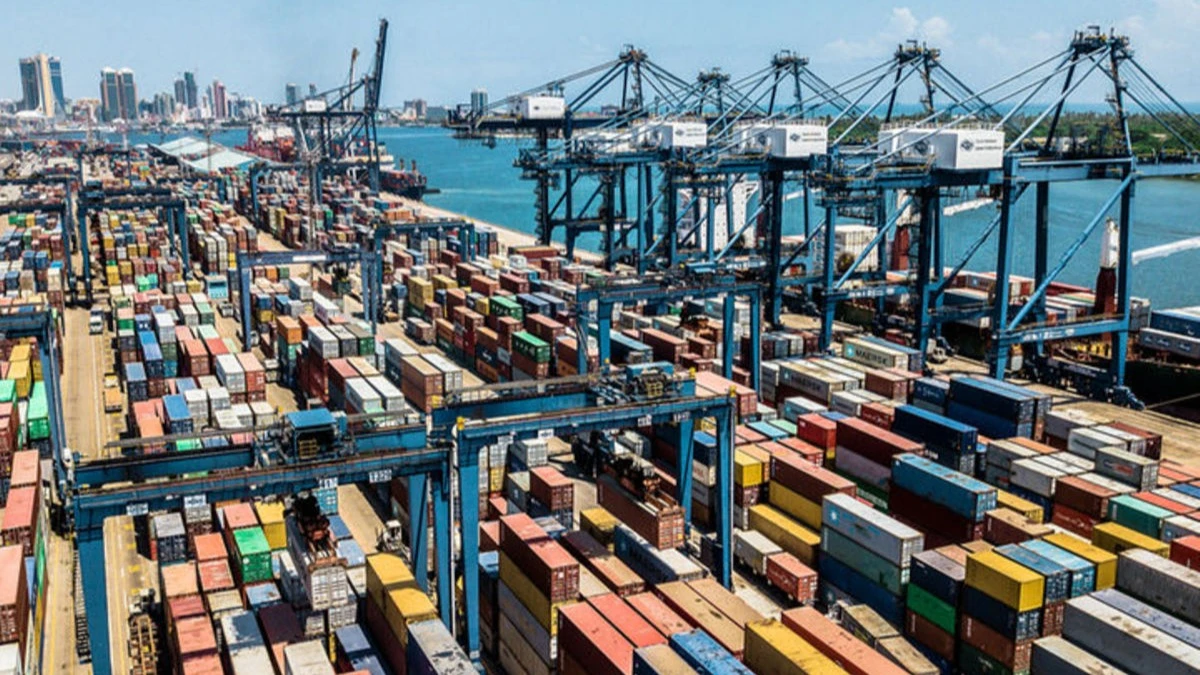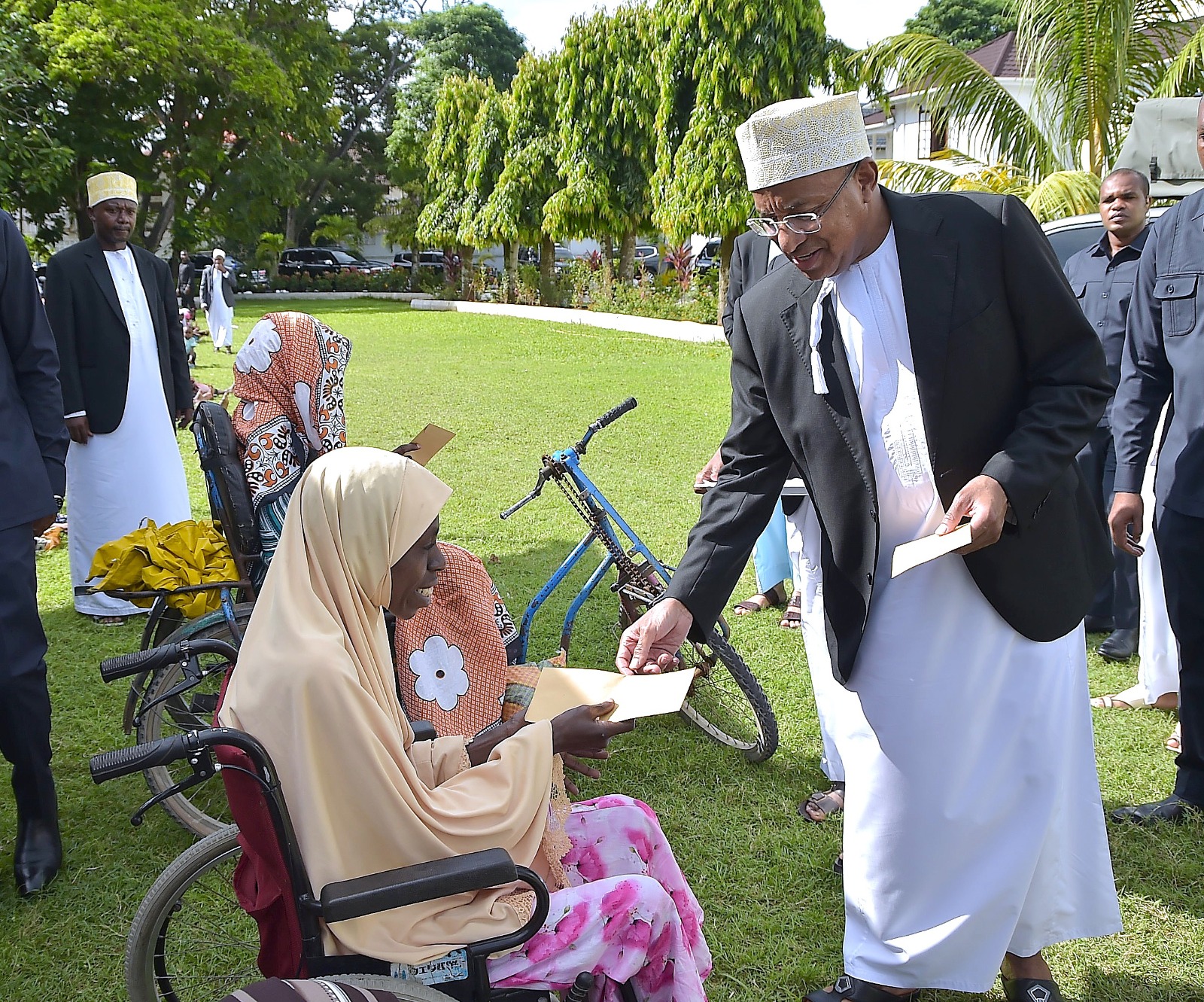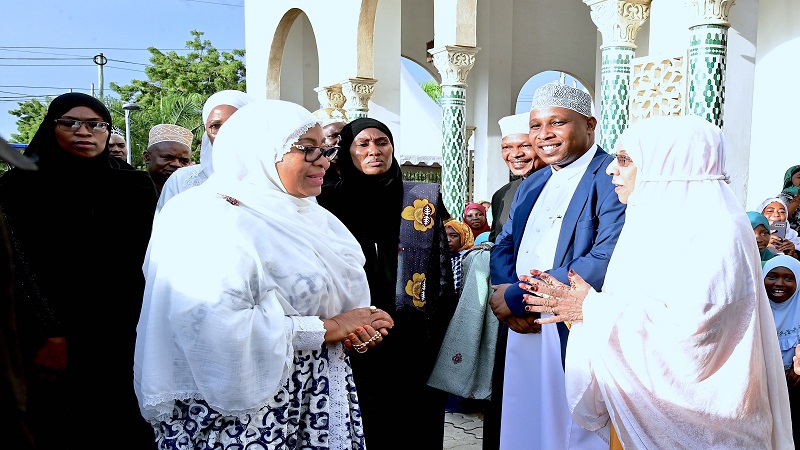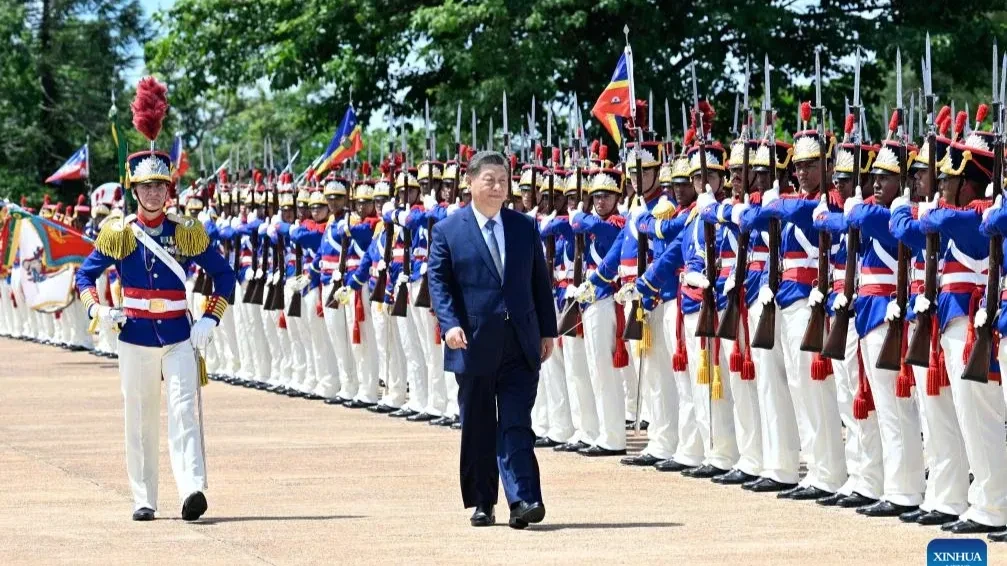Value of mobile money payments hit nearly 200trn/-

The value of mobile payment transactions rose by 28.54 percent to 198,859.29bn/- in 2024 compared to 154,705.77bn/- recorded in a similar period in 2023, making it as a backbone for Tanzania's financial ecosystem.
According to the National Payment System (NPS) for 2024 the volume of mobile payment transactions increased by 26.73 percent to 6,413.94 million at the end of 2024, rising from 5,061.20 million, recorded in 2023.
“The increase in mobile money activities during the year was attributed by economic growth, widespread agent expansion, innovative service diversification, and progressive regulation,” says the report
“An extensive agent network made transactions seamless, even in remote areas. The mobile money had evolved beyond transfers, integrating international remittances and merchant payments, attracting millions.”
Meanwhile, supportive regulatory policies enhanced trust fueling further adoption. During the year, the Bank implemented measures to attain affordability of digital payment, which includes mobile payments.
Active mobile money subscriptions were 63.21 million, reflecting an increase by 17.46 percent, from 51.72 million subscribers, reported in 2023.
The increase is due to simplified KYC, consumer trust, affordable mobile phones, convenience and interoperability of providers enabled by the National Switch (TIPS) and Standard Quick Response Code (TANQR).
Other factors were improved network coverage, ongoing financial inclusion and cash-lite initiatives, especially affordability of digital financial services.
According to the report, mobile money agents rose by 18.97 percent, reaching 1,475,281 in the year 2024, from 1,240,052 agents, recorded in 2023.
A broader agent network is a catalyst for growth and adoption of mobile money by facilitating management of liquidity.
Mobile money continued to close the infrastructure gap for consumer to access financial services, thus overcoming challenges posed by conventional banking systems.
Normally, traditional banks impose strict Know Your Customer (KYC) requirements, minimum balance criteria, and maintenance fees. Also, banks have a sparse presence in rural areas, thus limiting access for most individuals.
With a streamlined KYC process and an extensive agent network, mobile money has become a viable alternative, offering accessibility through multiple platforms, including basic feature phones, which are affordable to many. The number of Basic Feature Phone (Rununu) increased by 7.57 percent to 56.90 million in 2024 from 52.90 million, a year earlier.
The number of Smartphone (Sim Janja) increased to 23.42 million, in 2024 rising by 18.07 percent, from 19.84 million, in 2023 (TCRA). Smartphones have increased the uptake of merchant payment by providing more payment options such as LIPA Namba and Quick Responses Codes.
According to the statistics by the Tanzania Communication Regulatory Authority (TCRA), M-Pesa is lthe market leader with 38.9 percent subscription market share, Airtel Money (19 percent), and Mixx by Yas (30.7 percent) dominate the sector, creating competitive dynamics that drive innovation and service improvement.
Smaller providers like HaloPesa and T-Pesa have carved out niches but face stiff competition from the dominant players.
Mobile payment services in Tanzania encompass various use cases, including Personal to Personal (P2P), Bank to Wallet (B2W), Wallet to Bank (W2B), Personal to Business (P2B), Personal to Government (P2G), and Government to Person (G2P) transactions.
The increase in use cases mirrors the measures geared at fostering a supportive ecosystem for digital payments, enhancing accessibility, efficiency and affordability, as the government is currently promoting cashless economy.
Tanzania’s mobile money sector is a success story of digital and financial transformation. Its growth highlights the power of technology to foster financial inclusion and economic participation.
However, sustained growth will require targeted investments in infrastructure, cybersecurity, and innovative services to address challenges and unlock the sector's full potential.
Top Headlines
© 2025 IPPMEDIA.COM. ALL RIGHTS RESERVED



